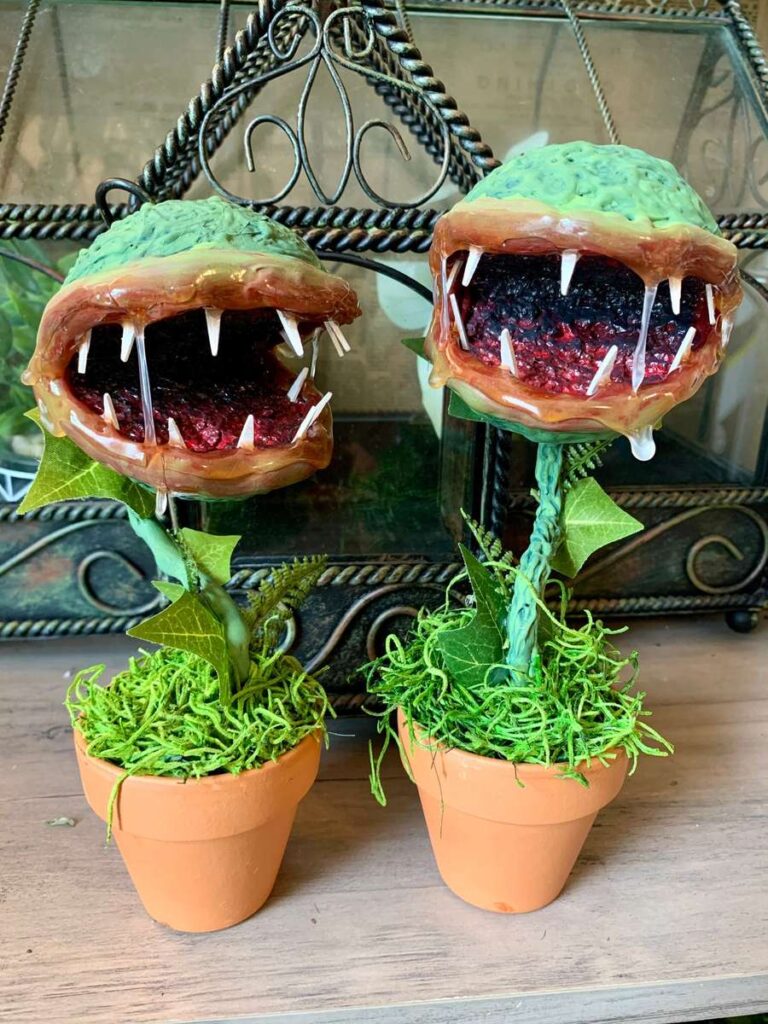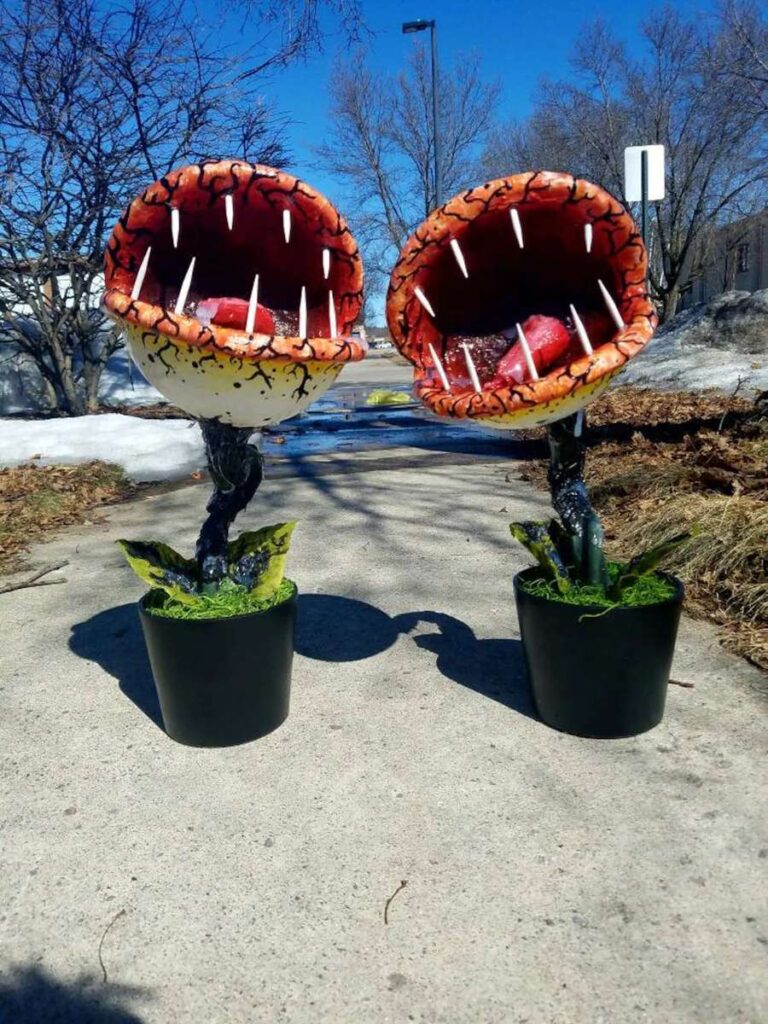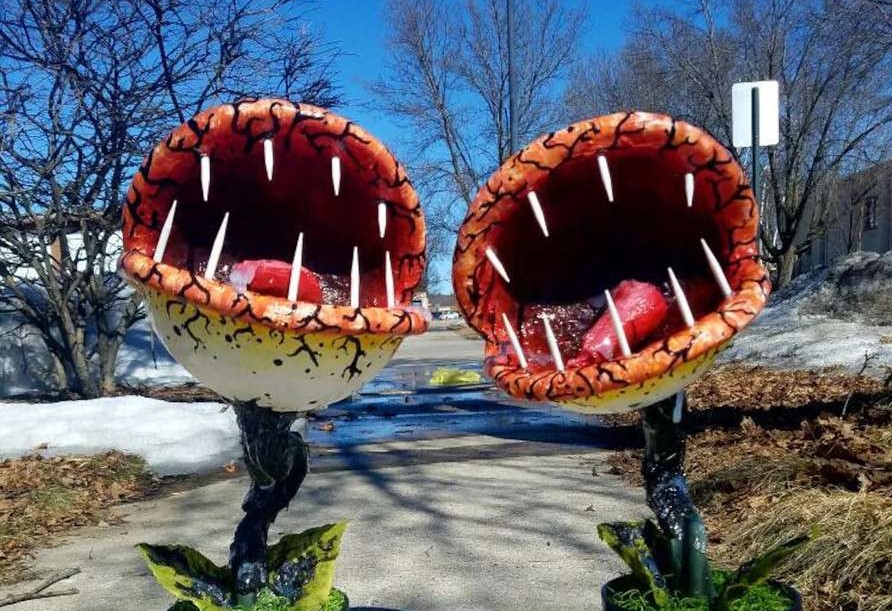Welcome to the exciting world of Venus fly trap decoration! If you’re a plant enthusiast or simply looking to add a unique touch to your home, Venus fly traps can serve as captivating conversation pieces. In this article, we’ll explore various ways to decorate with these intriguing plants, drawing from personal experiences and offering practical tips to make the most of your green companions. Let’s dive in!
Understanding the Venus Fly Trap: A Unique Houseplant
The Venus fly trap (Dionaea muscipula) is not just an ordinary plant; it’s a natural marvel known for its carnivorous feeding habits. Originating from the wetlands of North and South Carolina, this fascinating flora has much more to offer than just its predatory nature. Here’s why incorporating it into your home decor can be such a delightful experience.
Why Choose Venus Fly Traps for Decoration?
- Unique Aesthetic: The distinct shape and vibrant colors of the traps can add an exotic flair to your decor.
- Air Purification: Like many houseplants, they can improve indoor air quality.
- Conversation Starter: Their unusual feeding habits can spark curiosity and discussions among your guests.
Getting Started: Basic Care Tips for Your Venus Fly Trap
Before we get into the exciting decoration ideas, it’s essential to understand how to care for your Venus fly trap. Proper care ensures that your plant remains healthy and vibrant, enhancing your decor.

Light Requirements
Venus fly traps thrive in bright, indirect sunlight. Aim for around 12 hours of light per day, especially during growth seasons (spring and summer).

Watering Needs
These plants require distilled water or rainwater to thrive. Avoid tap water, as it can harm their health. Water when the soil feels dry, but ensure the pot has good drainage.

Feeding Your Fly Trap
While they can catch their food, if you keep them indoors, consider supplementing their diet with live insects.

Creative Decoration Ideas for Your Venus Fly Trap
1. Terrarium Displays

Creating a terrarium is an excellent way to showcase your Venus fly trap. A glass container allows for optimal humidity and an artistic look.
Steps to Create a Terrarium
- Select a clear glass container.
- Layer gravel at the bottom for drainage.
- Add a mixture of sphagnum moss and carnivorous plant soil.
- Plant the Venus fly trap and add decorative elements like stones or small figurines.

2. Hanging Planters
Hanging planters can add vertical interest to your space while keeping your Venus fly traps away from pets or children.
Deciding on a Hanging Planter
| Planter Type | Material | Drainage | Best For |
|---|---|---|---|
| Macrame Hangings | Cotton/Rope | Yes | Indoor use |
| Wire Baskets | Metal | Yes | Outdoor use |
| Plastic Hanging Pots | Plastic | No | Budget-friendly option |
3. Unique Potting Ideas
Choosing the right pot can enhance the attractiveness of your Venus fly trap. Consider using quirky, colorful pots or repurposed items.
Popular Potting Materials
- Terracotta – Allows the soil to breathe.
- Concrete – For a modern, industrial look.
- Upcycled Containers – Think tin cans or old teacups for a rustic feel.
Combining Venus Fly Traps with Other Plants
Mixing your Venus fly trap with other plants can create an eye-catching display. Here are a few compatible plants:
1. Pitcher Plants
Both carnivorous, these plants can thrive in similar conditions, making them a perfect pairing.
2. Sphagnum Moss
Adding sphagnum moss can enhance the aesthetic while also providing moisture.
3. Tropical Plants
Consider using other tropical plants like ferns which thrive in similar environments.
Pros and Cons of Using Venus Fly Traps in Home Decor
Pros
- Unique and striking visual appeal.
- Educational value for children and plant enthusiasts.
- Natural pest control.
Cons
- Specific care requirements can be challenging for beginners.
- Limited lifespan if not properly cared for.
- May attract unwanted insects around your home.
Personal Experience: My Journey with Venus Fly Traps
As someone who has kept Venus fly traps for several years, I can attest to their beauty and unique character. Initially, my biggest challenge was figuring out the right amount of sunlight and water. But once I found the perfect balance, they flourished, transforming my living space!
Tips from My Experience
- Experiment with potting arrangements until you find what works best for your space.
- Be patient; it takes time for your plants to adapt and grow.
- Engage your friends by offering them a glimpse into the world of carnivorous plants—it’s a fun way to share your passion!
Frequently Asked Questions About Venus Fly Trap Decoration
Q1: How often should I water my Venus fly trap?
A1: Water your Venus fly trap when the soil feels dry to the touch, typically once a week, depending on the environment.
Q2: Can Venus fly traps be kept indoors?
A2: Yes! They can thrive indoors if given enough light and humidity.
Q3: How do I know if my Venus fly trap is healthy?
A3: Healthy Venus fly traps have bright green traps that close quickly when triggered. Yellowing leaves can indicate stress.
Q4: What is the best soil for Venus fly traps?
A4: A mix of sphagnum moss and carnivorous plant soil provides the best nutrients and drainage.
Q5: How can I enhance the decorative look of my Venus fly trap?
A5: Use colorful pots, create a themed terrarium, or pair the plant with complementary houseplants for a more captivating look.
Conclusion: Embrace the Beauty of Venus Fly Trap Decoration
Incorporating Venus fly traps into your home decor is not just about aesthetics; it’s about sharing a piece of nature’s artistry. With the right care and creative arrangements, these plants can become the center of attention in any space. I hope this guide inspires you to explore the wonderful world of Venus fly trap decoration!